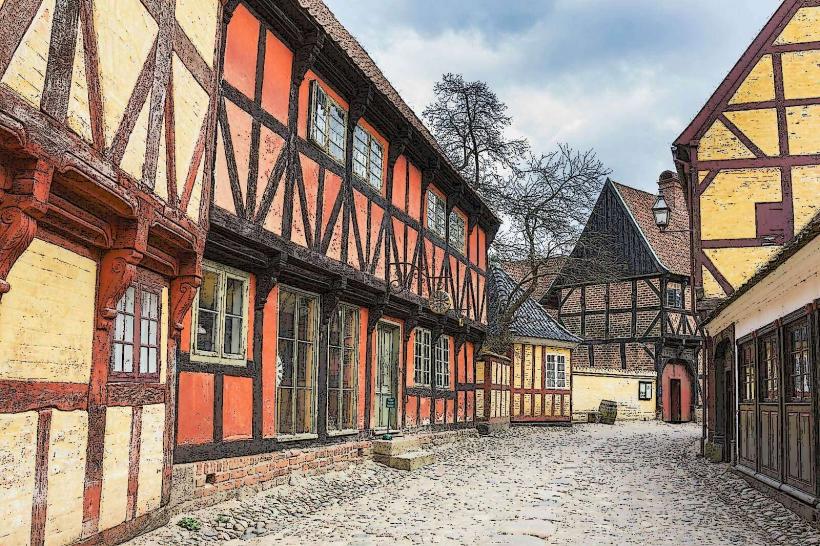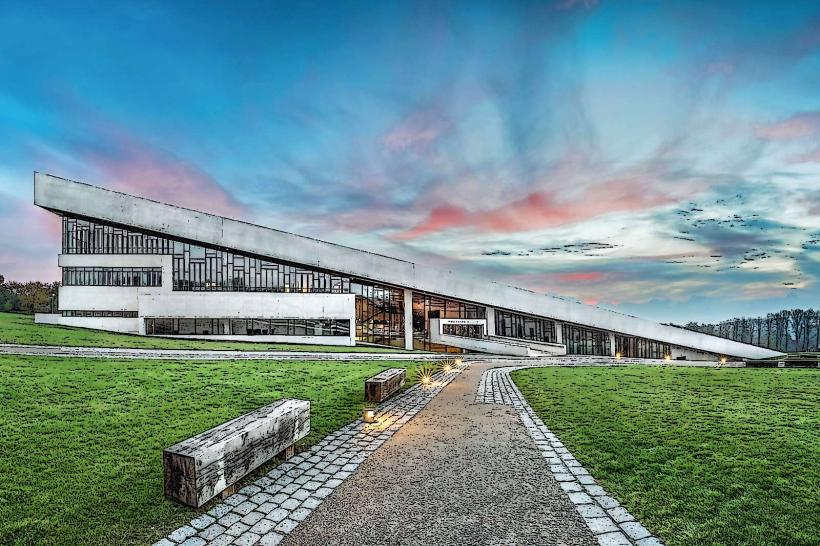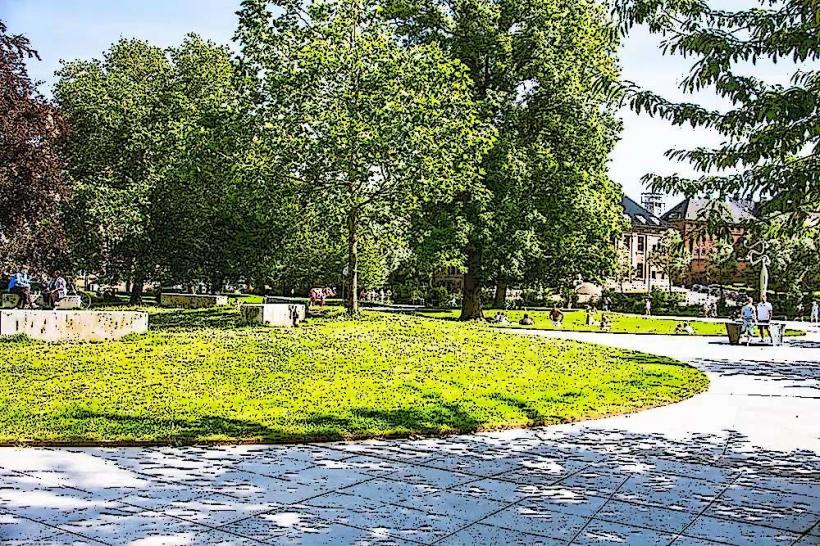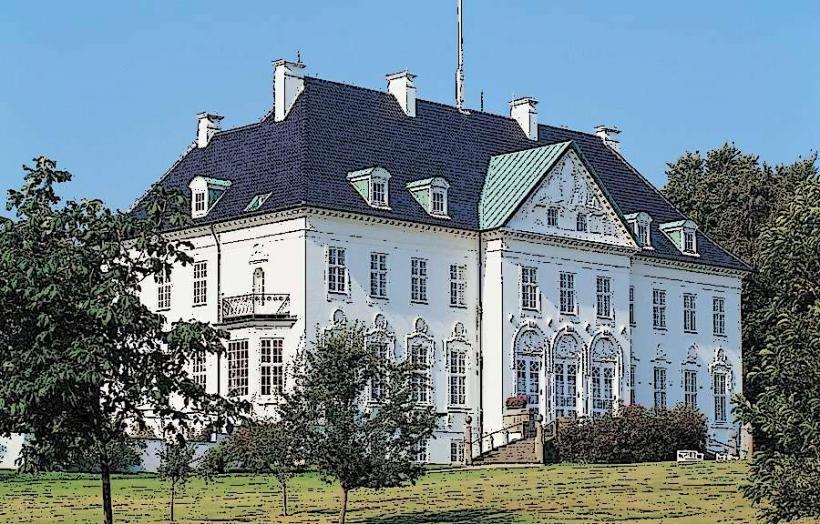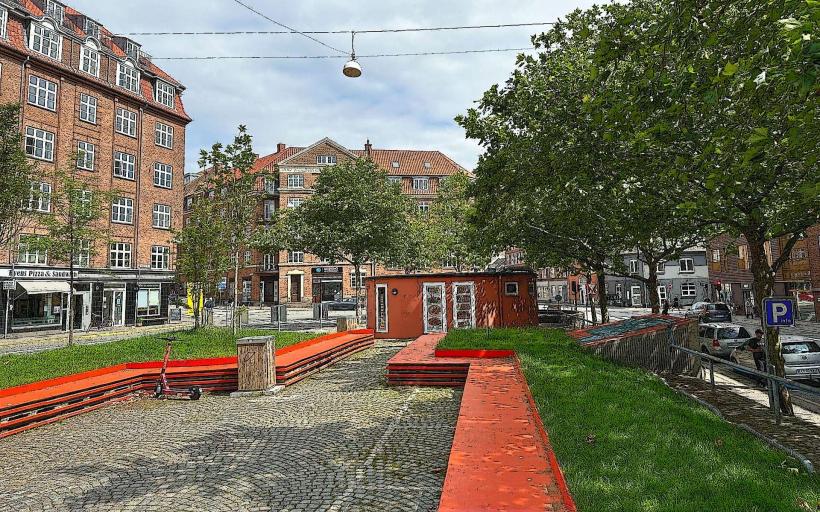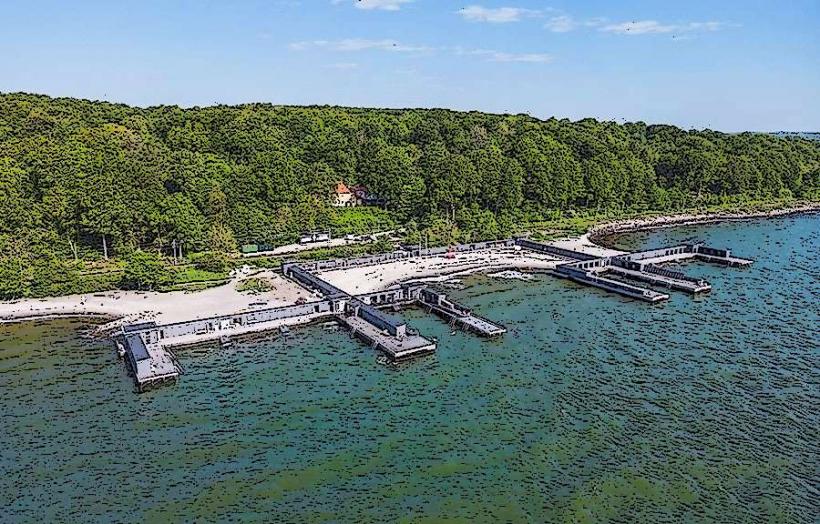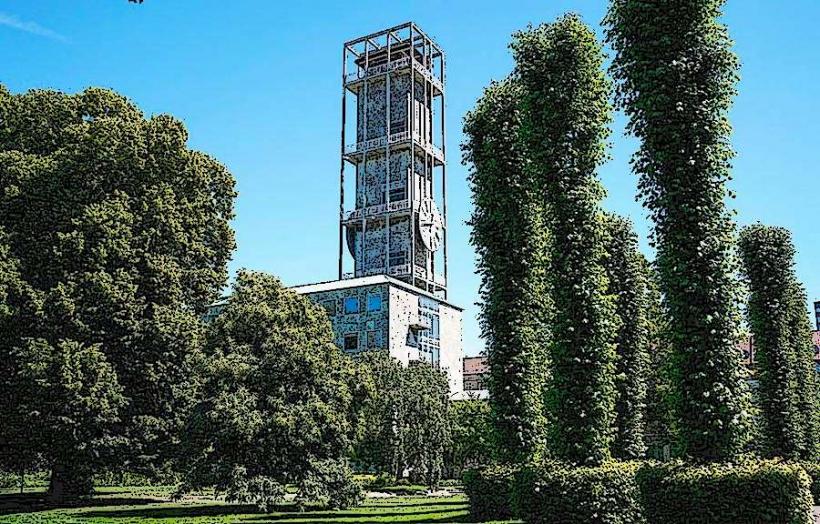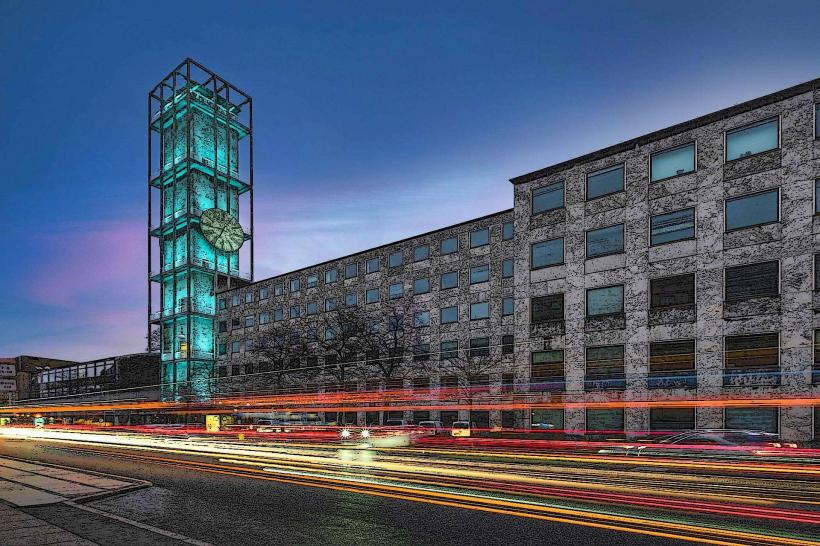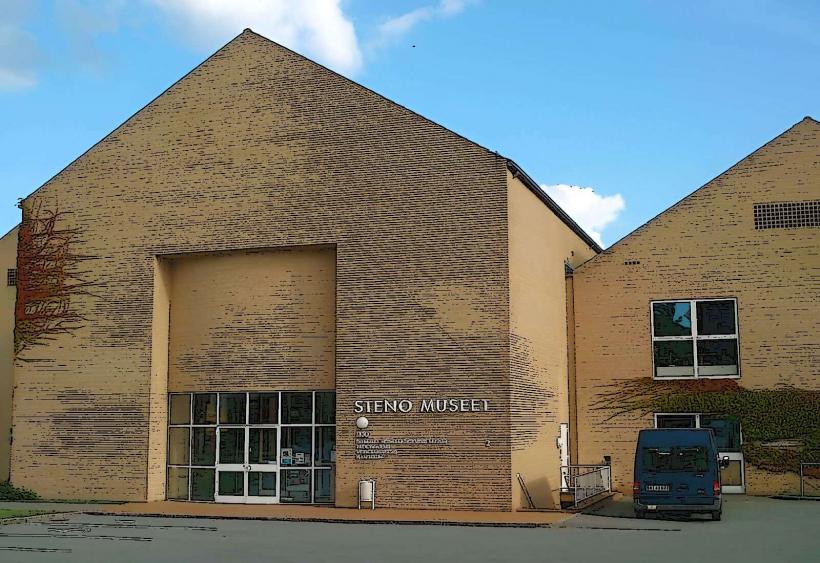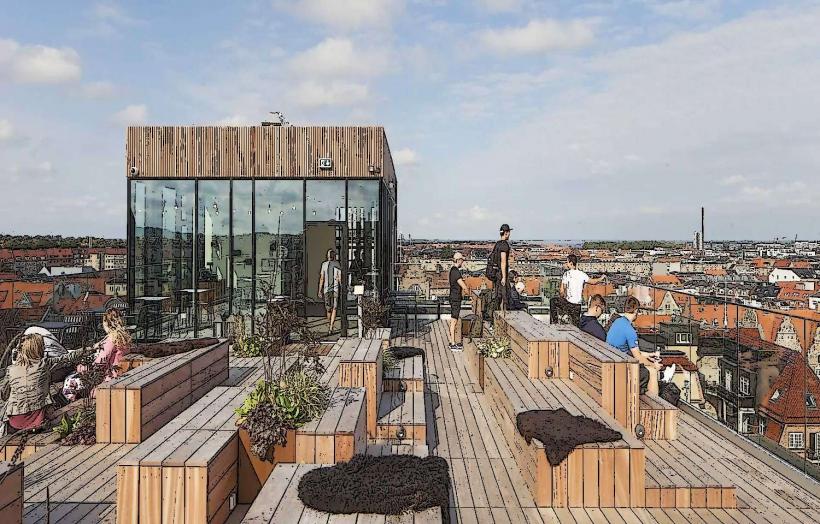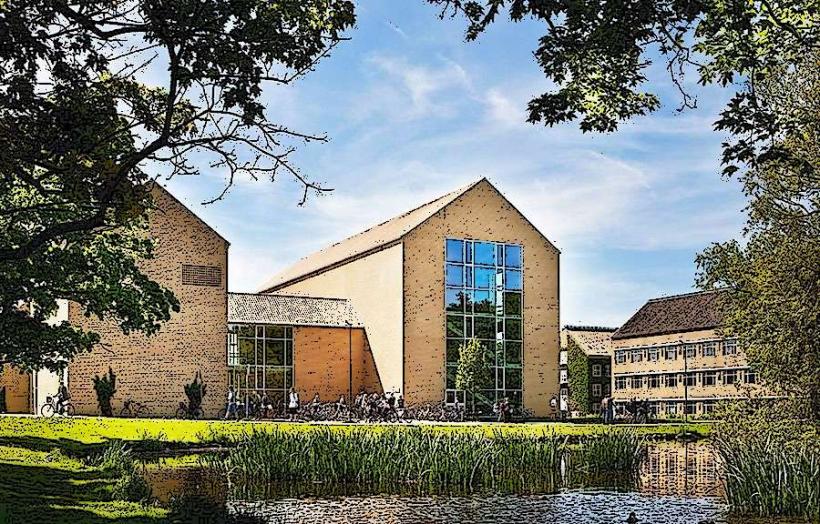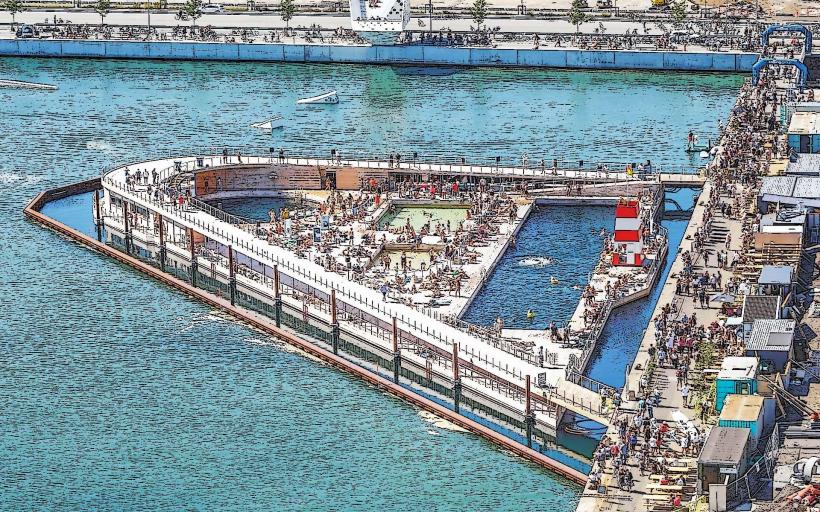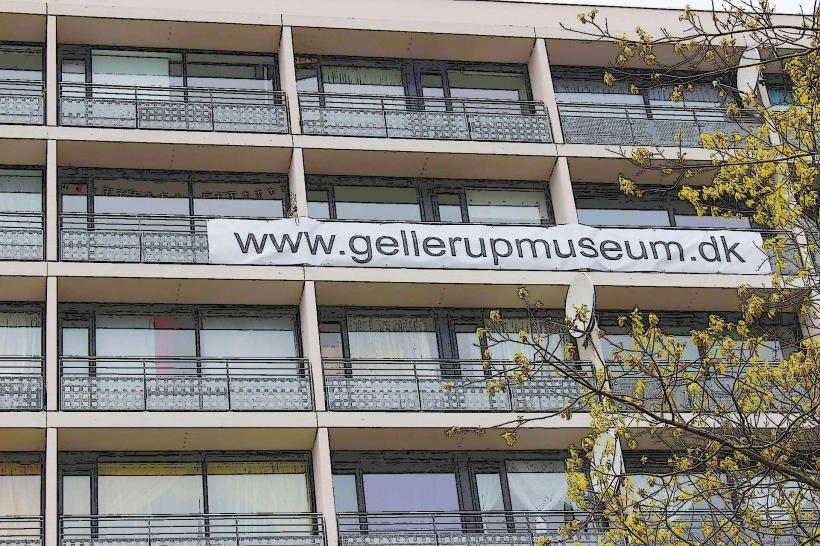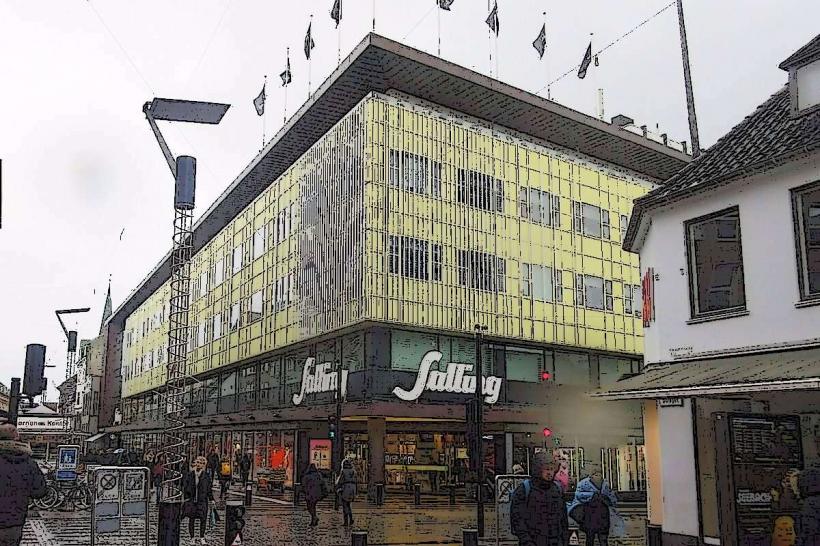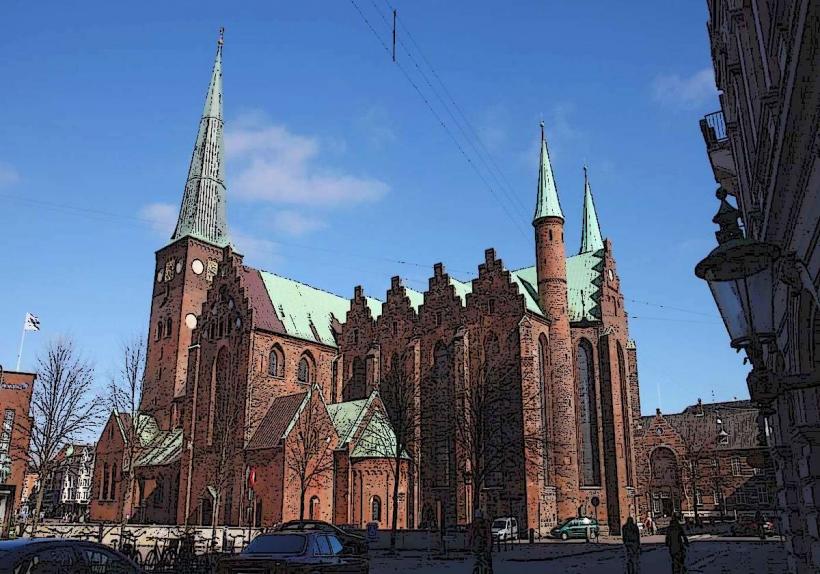Information
Landmark: Aarhus CathedralCity: Aarhus
Country: Denmark
Continent: Europe
Aarhus Cathedral (Danish: Aarhus Domkirke) is one of Denmark's most significant religious and architectural landmarks. Situated in the heart of Aarhus, it is the country’s longest and tallest cathedral and is dedicated to St. Clement, the patron saint of sailors. With its striking Gothic architecture, rich history, and stunning interior features, Aarhus Cathedral is a must-see for visitors exploring Denmark’s cultural and spiritual heritage.
Overview
- Name: Aarhus Cathedral (Aarhus Domkirke)
- Dedication: Saint Clement
- Location: Domkirkepladsen, Aarhus, Denmark
- Construction Began: c. 1190
- Architectural Style: Romanesque (original); later rebuilt in Gothic style
- Significance: Denmark’s longest and tallest church; a vital religious and historical site.
History
Romanesque Beginnings (1190–1200):
- The original structure was built around 1190 during the Romanesque period. It was constructed in honor of Saint Clement, who was widely venerated in medieval Denmark as the protector of sailors.
- The church initially featured Romanesque architectural elements, with rounded arches and heavy masonry.
Gothic Transformation (14th–15th Century):
- After a devastating fire in 1330, the cathedral underwent a Gothic-style reconstruction, completed in the 15th century. The Gothic design introduced pointed arches, ribbed vaults, and an extended choir.
- The reconstruction also included an increase in height and length, giving the cathedral its current dimensions: 93 meters long and with a tower height of 96 meters, making it the longest church in Denmark.
Reformation and Beyond (16th Century):
- The Reformation in Denmark (1536) brought significant changes to the cathedral, as it transitioned from Catholic to Lutheran. Many Catholic artifacts were removed or destroyed, but the church retained its role as a central place of worship.
Restorations (19th–20th Century):
- Over the centuries, Aarhus Cathedral has undergone various restorations to preserve its structure and interior decorations. These efforts have ensured that its historical and artistic features remain intact.
Architectural Features
Exterior:
- The cathedral's brick facade is a hallmark of Gothic Brick architecture, a style common in Northern Europe.
- The towering spire is visible from across Aarhus, symbolizing its role as a spiritual and cultural beacon.
Interior:
- The interior features soaring ribbed vaults and long, light-filled aisles, reflecting the grandeur of Gothic architecture.
- Murals: The walls are adorned with medieval frescoes and murals dating back to the 15th century, depicting biblical stories and saints. These frescoes are among the best-preserved examples in Denmark.
- Altarpiece: The cathedral boasts a magnificent altarpiece crafted by German artist Bernt Notke in 1479, depicting scenes from the life of Christ.
- Pulpit: The elaborately carved baroque pulpit is a notable feature, showcasing intricate woodwork and religious symbolism.
Organs:
- The cathedral houses two remarkable pipe organs:
- Main Organ: A large organ installed in 1730 with subsequent upgrades, it is renowned for its rich sound and historical significance.
- Choir Organ: A smaller, modern organ located in the choir, used for more intimate performances.
St. Clement's Relics:
- A relic of St. Clement was once housed in the cathedral, symbolizing its dedication to the saint.
Significance
Cultural and Religious Role:
- Aarhus Cathedral is an active Lutheran church, hosting regular services, weddings, baptisms, and concerts.
- It plays a central role in the Aarhus Diocese and is a key site for religious celebrations, including Easter and Christmas.
Historical Importance:
- The cathedral reflects over 800 years of Danish history, showcasing the evolution of religious art, architecture, and culture.
- Its connection to the maritime patron saint, St. Clement, highlights Aarhus’s historical role as a port city.
Tourist Attraction:
- The cathedral is a major draw for visitors, both for its architectural beauty and its serene, historical atmosphere. Guided tours provide insights into its rich past and artistic treasures.
Visitor Experience
Opening Hours:
- Aarhus Cathedral is generally open to visitors daily, though access may be limited during religious services. Special events or renovations may also affect visiting hours.
Admission:
- Entrance to the cathedral is often free, but donations are welcome. Some guided tours may have a fee.
Guided Tours:
- Visitors can join guided tours to learn more about the cathedral's history, architecture, and art. These tours often include access to lesser-known areas and detailed explanations of the murals and altarpiece.
Special Events:
- The cathedral hosts concerts, particularly during the Christmas season, featuring its historic organs and choir.
Getting There
Location:
- Aarhus Cathedral is situated at Domkirkepladsen, in the city center of Aarhus, near the bustling Aarhus Harbor.
Transportation:
- The cathedral is easily accessible by public transportation, including buses and trains. It’s within walking distance of other major attractions like the ARoS Aarhus Art Museum and the Latin Quarter.
Nearby Attractions:
- After visiting the cathedral, visitors can explore nearby sites such as the Aarhus Viking Museum, Møllestien Street, and Den Gamle By (The Old Town).
Highlights for Visitors
- Admire the Frescoes: The medieval frescoes are a must-see for their intricate details and vibrant storytelling.
- Climb the Tower: For panoramic views of Aarhus, some tours offer access to the tower.
- Marvel at the Altarpiece: Bernt Notke's altarpiece is a stunning example of late medieval religious art.
- Attend a Concert: The acoustics and historic organs make concerts a unique and memorable experience.
Conclusion
Aarhus Cathedral is a stunning example of Gothic architecture and a testament to Denmark’s rich cultural and religious heritage. Whether you’re interested in history, art, or spirituality, the cathedral offers a serene and inspiring experience. Its central location and historical significance make it a must-visit destination for anyone exploring the city of Aarhus.


